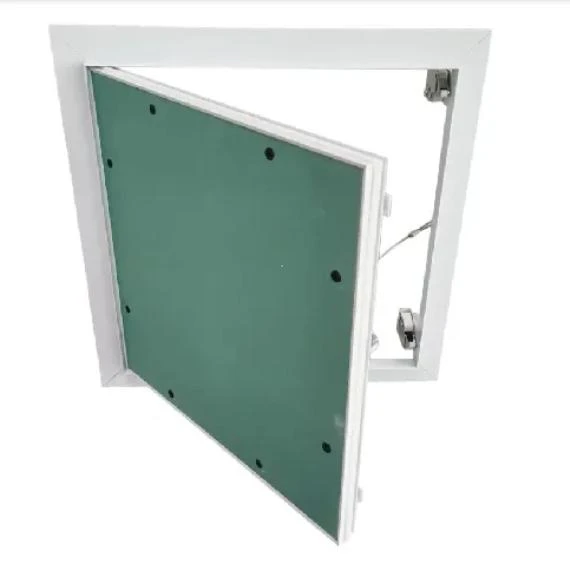- Afrikaans
- Albanian
- Amharic
- Arabic
- Armenian
- Azerbaijani
- Basque
- Belarusian
- Bengali
- Bosnian
- Bulgarian
- Catalan
- Cebuano
- Corsican
- Croatian
- Czech
- Danish
- Dutch
- English
- Esperanto
- Estonian
- French
- German
- Greek
- Hindi
- Indonesian
- irish
- Italian
- Japanese
- Korean
- Lao
- Malay
- Myanmar
- Norwegian
- Norwegian
- Polish
- Portuguese
- Romanian
- Russian
- Serbian
- Spanish
- Swedish
- Thai
- Turkish
- Ukrainian
- Uzbek
- Vietnamese
dec . 25, 2024 01:03 Back to list
standard ceiling access panel sizes
Understanding Standard Ceiling Access Panel Sizes
When it comes to construction and renovation, one of the critical elements that are often overlooked is the ceiling access panel. These small yet significant fixtures play a crucial role in maintaining accessibility to critical systems such as electrical wiring, plumbing, and HVAC ducts within ceilings. An understanding of standard ceiling access panel sizes is essential for builders, architects, and property owners who aim to ensure functionality and compliance with building codes.
Importance of Access Panels
Access panels are designed to provide convenient entry points to concealed systems without requiring extensive drywall demolition. This not only saves time and labor costs but also minimizes damage to the ceiling structure. A standard access panel can easily be removed and replaced, facilitating maintenance and inspections of vital systems. With regular access, building components can remain functional, enhancing the performance and longevity of infrastructure.
Industry Standards and Sizes
The construction industry usually adheres to specific standards regarding ceiling access panel sizes. Depending on the intended use and the systems being accessed, standard sizes are available in several dimensions. Here are some of the commonly used sizes
- 12” x 12” – This size is ideal for small access points, such as those needed for electrical junction boxes or small plumbing repairs. - 14” x 14” – A slight increase in size allows for better accessibility to moderate-sized components while still remaining unobtrusive. - 16” x 16” – This size is popular for accessing larger ductwork or plumbing fixtures as it allows technicians more room to maneuver tools and equipment. - 24” x 24” – Often utilized in commercial spaces, this size is suitable for accommodating larger HVAC components and provides ample space for maintenance activities. - 30” x 30” – This larger size is generally recommended for significant system repairs and maintenance, allowing full entry for technicians.
Selecting the Right Size
standard ceiling access panel sizes

When selecting the appropriate access panel size, it is vital to consider the space’s specific needs, the type of systems being accessed, and any building codes that may apply. For instance, areas with extensive plumbing or electrical installations may require larger panels to ensure easy access without the need for cutting into the ceiling multiple times. Getting it right during the planning phase can save costly modifications later.
Placement Considerations
Aside from size, the placement of access panels is also critical. They should be strategically located in areas where service is most likely needed while being out of the way of daily activities. This balance will help avoid damaging the panel or interfering with regular use of the space. Additionally, it is essential to consider the aesthetics of a finished room. Some access panels can be painted or textured to blend seamlessly with the surrounding ceiling, ensuring they don’t detract from the overall design.
Building Code Compliance
Most regions have specific building codes that dictate where and how access panels should be installed. Compliance is essential for safety and regulatory reasons. Before installation, checking local regulations can prevent potential issues down the line. Professionals in the construction industry should be well-versed in these codes to avoid any legal complications.
Conclusion
In conclusion, understanding standard ceiling access panel sizes is not just about making choices based on aesthetics or basic functionality. It involves careful consideration of maintenance needs, compliance with building codes, and strategic planning for future accessibility. Whether working on a residential renovation or a large commercial project, the right access panel can save time, money, and stress by ensuring that critical systems remain easy to access. As such, investing time into selecting the correct size and placement for access panels can yield substantial advantages, ensuring both immediate benefits and long-term efficiency.
-
Transform Interiors with PVC Gypsum Ceiling: A Stylish, Durable, and Moisture-Resistant SolutionNewsMay.19,2025
-
The Smart Interior Upgrade: Discover the Durability and Versatility of Gypsum Ceiling Access Panel SolutionsNewsMay.19,2025
-
The Smart Choice for Interior Design: Discover the Value of PVC Gypsum Ceiling SolutionsNewsMay.19,2025
-
Mineral Fiber Ceiling Tiles: The Smart Blend of Performance and AestheticsNewsMay.19,2025
-
Mineral Fiber Ceiling Tiles: The Superior Choice Over Gypsum for Sound and Fire SafetyNewsMay.19,2025
-
Mineral Fiber Ceiling Tiles: Eco-Friendly Strength and Style for Every CeilingNewsMay.19,2025







